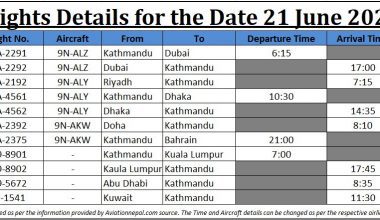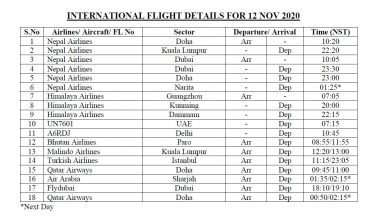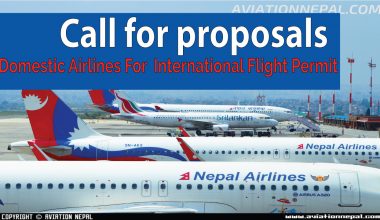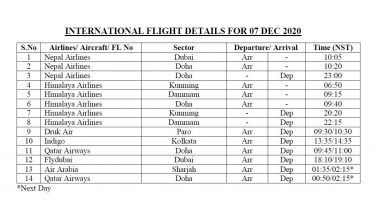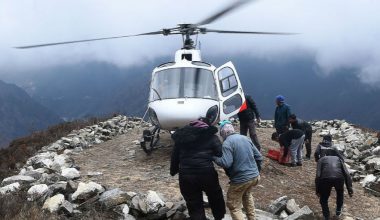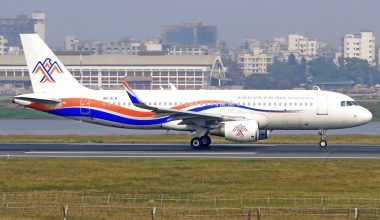Zurich International, appointed to build and operate Nijgadh International Airport, is also expected to establish Kathmandu Airport. In a ‘bid evaluation discussion’ with Investment Board, Zurich stated that Kathmandu Airport must be provided along with Nijgadh’s construction and operations.
The Ministry of Culture, Tourism and Civil Aviation and the Investment Board objected to the proposal. The idea came after the investment committee asked for a worthwhile project from across the companies involved in Nijgadh during the investment conference, during a conversation with Zurich.
The source said “From the start, Zurich has been continuously making suggestions to this in internal conversations. Nevertheless, we have said the plan would not be acceptable. After they placed it at the conference, we disagreed with them.”
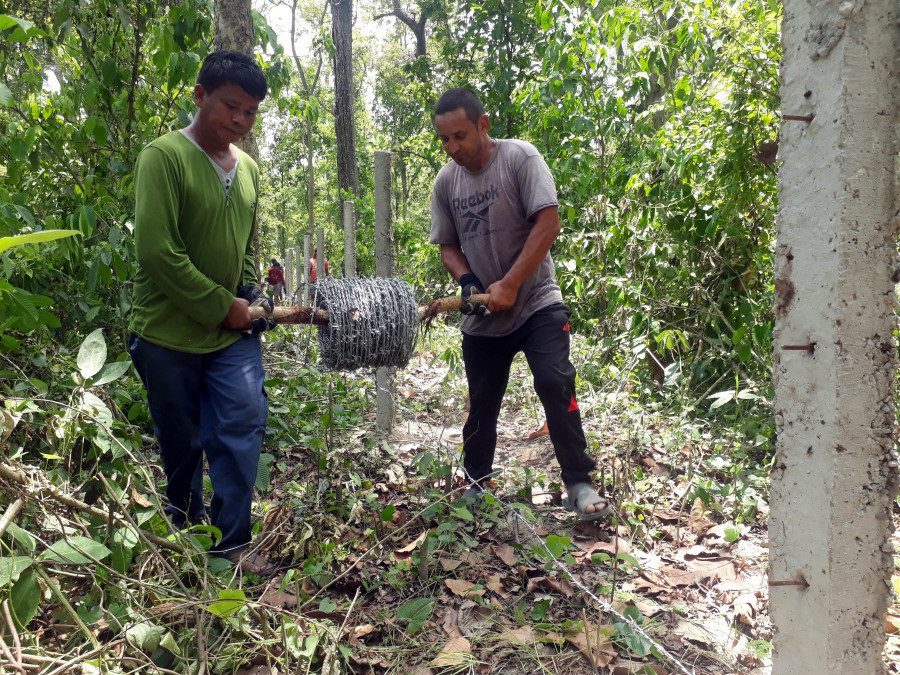
Zurich concluded that if the construction and operation of Nijgadh as well as the project for Kathmandu Airport, the project may not be profitable.
The proposal by Zurich International was dismissed, and it did not demonstrate any interest in sending a comprehensive plan. The Investment Board told the Commission that no concern had been seen to date, even though the plan is yet to be presented.
In construction, service, and transition modalities, the business identified during the investment conference would be authorized to operate. However, the Minister of Culture, Tourism and Civil Aviation, Yogesh Bhattarai, already has declared that even if the government does not send a plan by today, it will look at other substitutes.
Investment Board Spokesperson Dharmendra Kumar Mishra said that there are still deadlines, no announcement on the proposal has been made. He has not, however, had any interaction with Zurich so far.
Zurich had stipulated that for 50 years, with government capital and a government assurance, not only Kathmandu but also Nijgadh airport must be included in the project.
Nijgadh airport in a Public-Private Partnership (PPP) Model
Earlier, the government agreed to draw on the idea of the Public-Private Partnership (PPP) model. In addition to the recommendation, the Investment Board made the project a destination for international investors. It was agreed in 2009 to render the PPP model by design, service, and transition.
While the project development modality approved by the environmental study has been optimized, it has not yet been ratified for investors and project developers.
Previously, when KP Sharma Oli was the prime minister, it was agreed to develop the airport with government investment. The cost was assessed at Rs 120 billion by the Civil Aviation Authority of Nepal.
In the first step, a runway 3600 meters long and 45 meters wide will be constructed. The Korean firm LMW has prepared a comprehensive feasibility study of the project.
Moreover, though the state agreed to acknowledge the study, no consensus was achieved. LMW indicated that in the first year, the expense of the project would be Rs 90 billion.
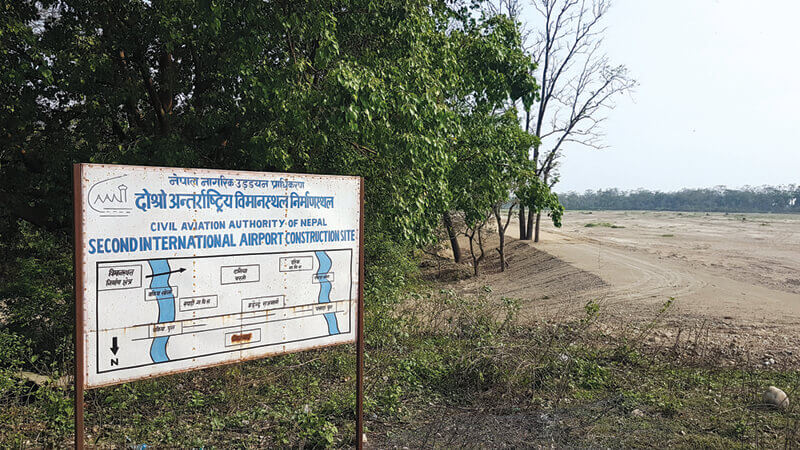
Although it has decided to cut 2.4 million trees for the project, particularly the Airport Area, the development of a runway and terminal building could be chopped 769,000 trees. Formulations are currently progressing to cut down trees in an area of 1,900 hectares since, by November, all the trees would be chopped down, the ministry added. The Civil Aviation Authority of Nepal (CAAN) has announced that a tree cutting census has been performed. CAAN has advised that, following a further Zurich decision, other building alternatives could be contemplated.
CAAN Director-General Rajan Pokhrel said they could offer alternatives to what can be achieved for expenditure and self-construction.
Nepal Army has previously assigned the task of cutting down trees and constructing peripheral roads by Civil Aviation Authority of Nepal.
The Nepal Army will chop off the forests and hand them over comfortably while sold and dispersed by the Forest Department.
During the next two years, the Ministry of Tourism has confirmed that trees have been cut down, and land has been bought to include all the land needed for the airport’s building.
The issue of the purchase of property, however, persists. After allocation, evaluation, and calculation of the reimbursement amount, 17.66 Hector land recorded in the affected areas are allocated. However, for the 1476 households in Katha and Tanger villages without components, no rehabilitation phase has been initiated.
Under the minister’s coordination, the government has created a high-level committee to address the problem of land allocation.
The airport will handle the 15 million passengers as post-completion, accommodating the Airbus A380 and other jumbo aircraft. More than 60 Million passengers can be handled after the aircraft will have parallel runways at accomplishing the third phase of the projects. The Capital would be linked to Nijgadh by a 76-km Kathmandu-Tarai expressway.

